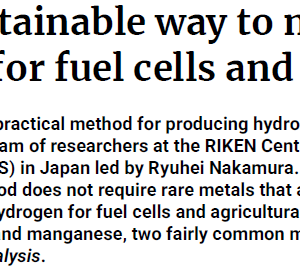
High temperature vacuum brazing of tungsten to tungsten alloy with structural material
₩4,000
The present paper offers an overview of experimental research on the vacuum brazing procedure used to join
tungsten-based refractory materials and tungsten alloy with SS316L (a structural material) at high temperatures.
The objective of joining tungsten (W) to tungsten alloy material (WL10) and SS316L materials is to develop a
joining technique for fabricating the helium-cooled divertor target relevant to a DEMO-like fusion reactor. These
divertor fingers are expected to withstand an incident heat flux of 10 MW/m2 and to be cooled by helium jets in
an environment of high pressure (10 MPa) and high-temperature (600 ◦C) helium gas. High-temperature vacuum
brazing has been performed at temperatures exceeding 1000 ◦C using selective brazing fillers in the Gleeble
Machine-3800 thermo-mechanical simulator to join W (tungsten) to WL10 alloy (tungsten + 1 % Lanthanum
oxide). Furthermore, vacuum brazing of multilayer materials, such as W-WL10-SS316L, has been conducted at
1050 ◦C for a 3 min hold time using AMS 4777 filler material in a single run on the Gleeble machine. The brazed
specimens have undergone testing for 500 thermal cycles from 950 ◦C to 815 ◦C on the Gleeble-3800 machine to
pre-qualify the brazed joints. Non-destructive testing (NDT), including ultrasonic testing (UT), microstructural
analysis, and mechanical characterization, is employed to assess the quality of the brazed joints. The study
presents the experimental techniques and the results of the characterization.





상품평
아직 상품평이 없습니다.